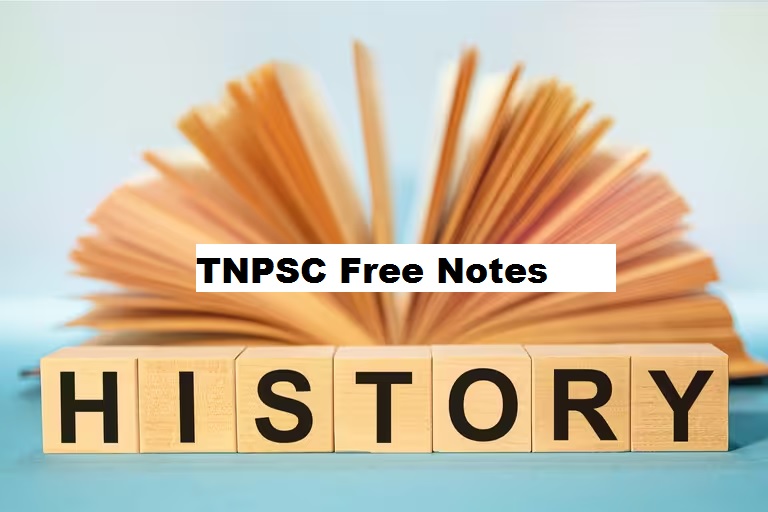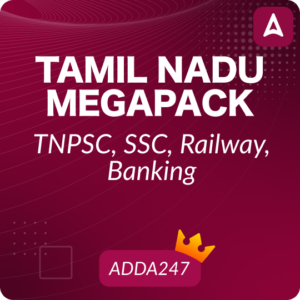இந்தக் கட்டுரையில், TNPSC குரூப் 1, குரூப் 2, குரூப் 2A, குரூப் 4 மாநிலப் போட்டித் தேர்வுகளான TNUSRB, TRB, TET, TNEB போன்றவற்றுக்கான முறைகள் இலவசக் குறிப்புகளைப் பெறுவீர்கள்.தேர்வுக்கு தயாராவோர் இங்குள்ள பாடக்குறிப்புகளை படித்து பயன்பெற வாழ்த்துகிறோம்.
Chola Economy
Agriculture
One of the major developments in this period was the expansion of agriculture.
People settled in fertile river valleys and even in areas where there were no rivers, and
arrangements were made for irrigation by digging tanks, wells and canals.
This led to the production of food grains in surplus. Society got differentiated in a big
way. The Chola state collected land tax out of the agrarian surplus for its revenue.
Revenue
The land revenue department was well organized. It was called as
Puravuvarithinaikkalam. and it’s leader is called as Puravuvarithinaikkalam Nayagam.
All lands were carefully surveyed and classified for assessment of revenue.
The residential portion of the village was called urnattam. These and other lands such as
the lands belonging to temples were exempted from tax.
Besides land revenue, there were tolls and customs on goods taken from one place to
another, various kinds of professional taxes, dues levied on ceremonial occasions like
marriages and judicial fines.
During the hard times, there were remission of taxes and Kulottungan became famous
by abolishing tolls and earned the title – Sungam Tavirtta Cholan.
The main items of government expenditure were the king and his court, army and navy,
roads, irrigation tanks and canals.
Land revenue & Survey
For the purposes of assessing tax, the Cholas undertook extensive land surveys and
revenue settlements.
Like other functionaries of the state, the surveyors of the land called naduvagaiseykira
too hailed from the landholding communities.
Various units of the land measurement such as kuli, ma, veli, patti, padagam, etc. are
known, with local variations.
Generally, taxes were collected in different forms. The taxes collected included irai,
kanikadan, iraikattina-kanikadan and kadamai.
An important category of tax was kudimai.
Kudimai was paid by the cultivating tenants to the government and to the landlords, the
bearers of honorific titles such as udaiyan, araiyan and kilavar.
The tax rates were fixed depending on the fertility of the soil and the status of the
landholder.
At the Ur (village) level, urar (village assembly) were responsible for collecting the taxes
and remitting them to the government. At the nadu level, the nattar were responsible
for remitting taxes.
Irrigation
As the state was drawing most of its revenue from agriculture, the Cholas focused their
efforts on managing water resources.
Vativaykkal, a criss-cross channel, is a traditional way of harnessing rain water in the
Kavery delta.
Vati runs in the north–south direction while vaykkal runs in the east–west direction.
Technically, vati is a drainage channel and a vaykkal is a supply channel.
The water running through vaykkal to the field was to be drained out to vati and to
another vaykkal. Rain water would flow from where the natural canal started.
Many irrigation canals are modifications of such natural canals. The harnessed water
was utilised alternately through vati and vaykkal.
Here the mechanism designed was such that water was distributed to the parcelled out
lands in sequel.
Many canals were named after the kings, queens and gods. Some examples of the
names are Uttamachola-vaykkal, Panca-vanamadevi-vaykkal and Ganavathy-vaykkal.
Ur-vaykkal was owned jointly by the landowners.
The nadu level vaykkal was referred to as nattu-vaykkal. The turn system was practiced
for distributing the water.
Chola inscriptions list some big-size irrigation tanks such as Cholavaridhi, Kaliyaneri,
Vairamegatataka created by the Pallavas, Bahur big tank and Rajendra Cholaperiyaeri.
For the periodical or seasonal maintenance and repair of irrigation works, conscripted
labour was used.
The irrigation work done by RajendraChola I at GangaikondaChozhapuram was an
embankment of solid masonry 16 miles long.
Rajendra described it as ‘jalamayajayasthambham’, meaning “pillar of victory in water”.
Water Management
Different kinds of water rights were assigned. These rights regulated the share of water
from the tanks and wells; it also entailed the right of deepening and broadening the
channels and repairing the irrigation system.
The allotment of water is described as ‘nirkkintravaaru’ (share of water as allotted).
The water was released through kumizh (sluice) or talaivay (head-channel).
Commonly owned village tank was called enkalkulam (our tank).
Vetti and amanji were the forms of free labour related to public works at the village
level.
Village assemblies under the Cholas collected a tax called eriayam, which was utilised
for repairing irrigation tanks.
Sometimes local leaders like araiyan repaired and renovated irrigation tanks destroyed
in a storm. There were instances of the water from a tank shared by villagers and the
temples.
Special groups known as talaivayar, talaivay-chanrar and eri-araiyarkal were in charge of
releasing the water through the head channel and sluice from the rivers or tanks.
A group of people who were in charge of kulam was called kulattar. In later period,
temples were entrusted with the upkeep of the irrigation sources.
**************************************************************************
| Adda247 TamilNadu Home page | Click here |
| Official Website=Adda247 | Click here |




